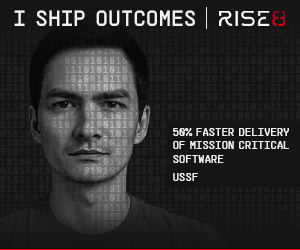Though spending on the nuclear triad will rise in the coming years, US Strategic Command boss Adm. Cecil Haney told the House Armed Services Committee’s strategic forces panel Feb. 26 the near-term cost is necessary to preserve strategic deterrence tools. Asked by Rep. Rick Larsen (D-Wash.) how STRATCOM is planning to justify a larger slice of the Defense Department budget, Haney pointed out that today spending related to the triad is around 2 percent to 3 percent of DOD’s budget topline. Those costs are anticipated to rise, he added, but will peak in the 2020-2030 period when the Congressional Budget Office estimates the percentage of DOD spending allotted to the triad will rise to between five and six percent. Competition for that funding “will play itself out” in the coming years, but Haney said he supports the Obama Administration’s plans to increase broad investments both in capabilities and infrastructure in the coming years. Haney noted much of the spending on the nuclear mission today is spent to support and operate technology, weapons, and platforms, which date to the 1960s and 1970s, and at some point leaders must ask themselves if the US can afford not to reinvest in the nation’s strategic nuclear forces.
An F-16 pilot was awarded a Silver Star for a harrowing mission in which he dodged multiple surface-to-air missiles during the opening weeks of the operation against the Houthis in Yemen earlier this year.



